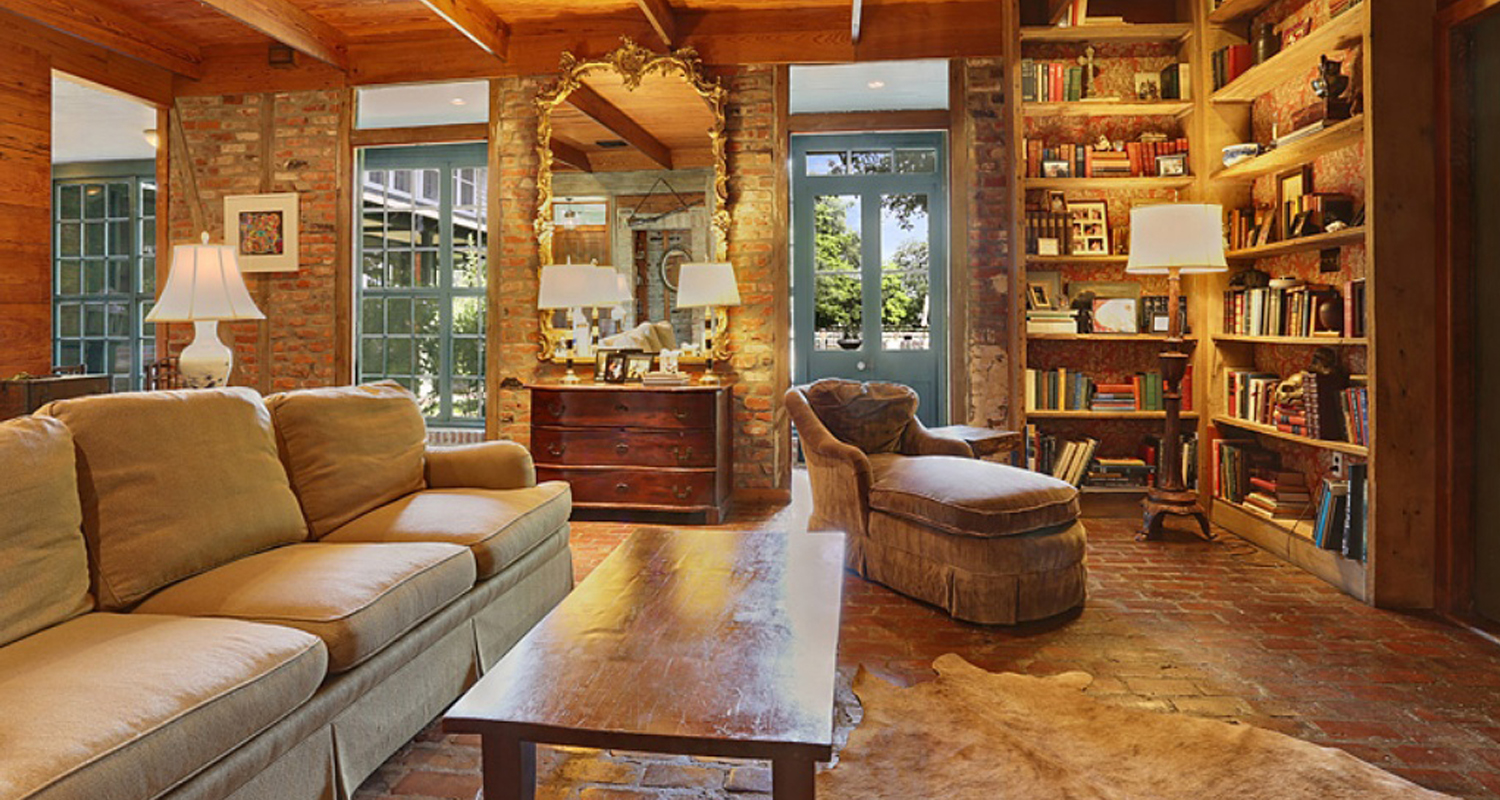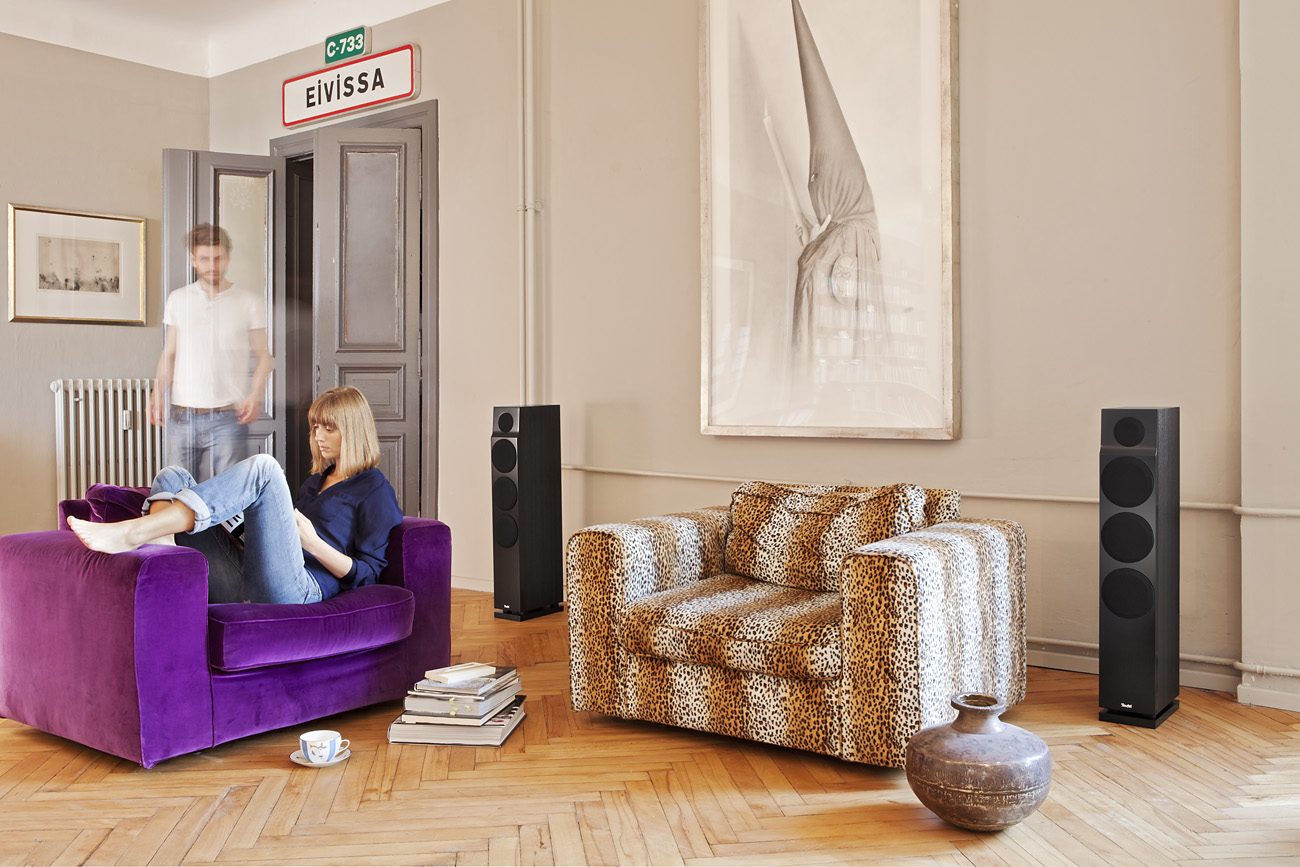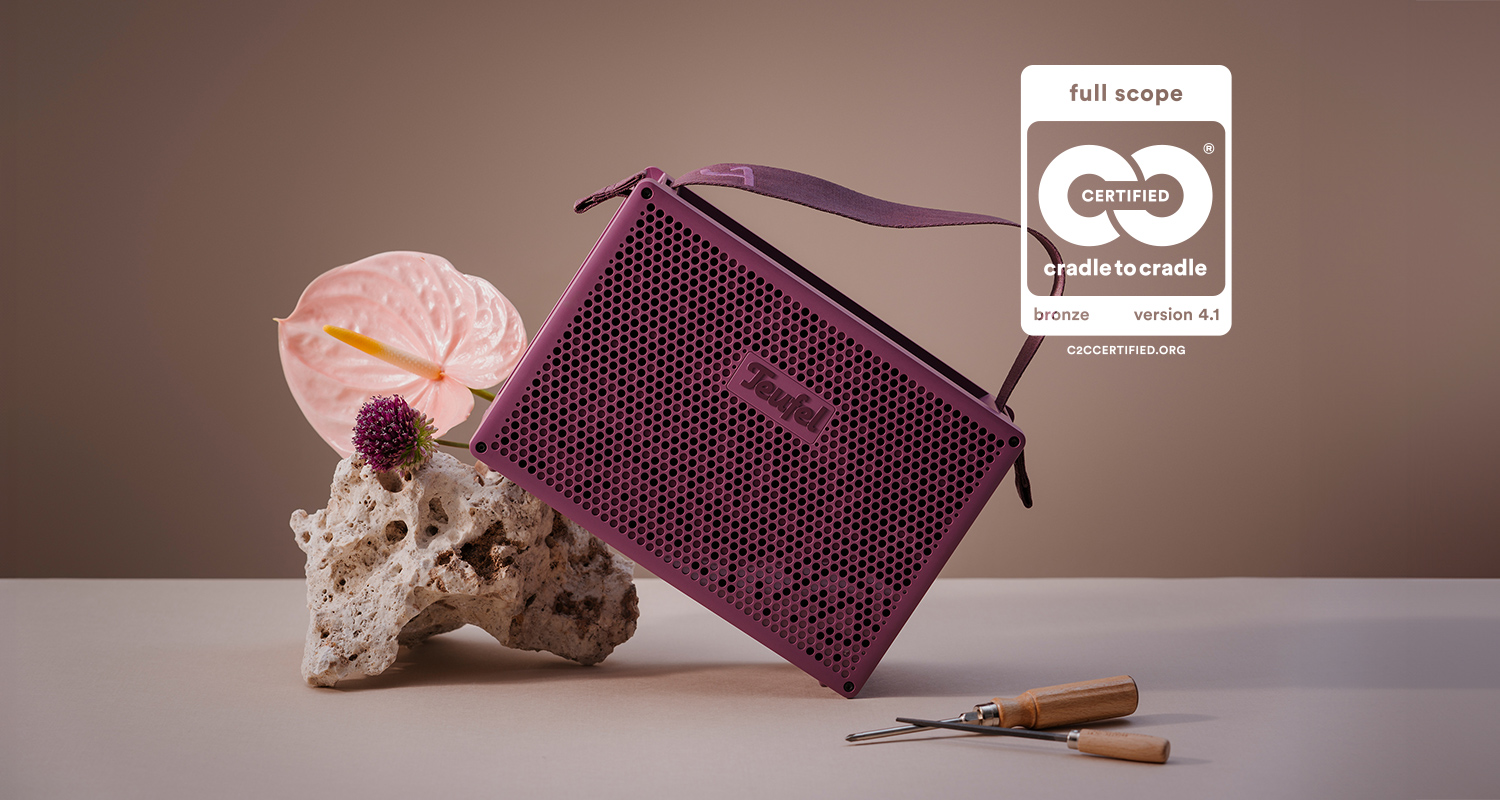Anyone who’s moved to a new house with a stereo or home theatre system will have noticed that the same system playing the same material can sound completely different. The reason for the change, of course, is the new room. If you’ve just moved in, the room will be bare of furnishings and sound hollow. But even rooms that are fully furnished present the listener with a different sound – and not always a good one.
It’s already been mentioned on this blog that speaker enclosures are actually audio components just like the drivers and crossovers they contain. In some ways, it’s helpful to think of the room in which your speakers are placed as an additional audio component due to the many – and highly complicated ways – a room can affect sound.
The purpose of this article is to lay down a few general guidelines for room acoustics. The good news: As opposed to the purchase of a high-quality pair of loudspeakers plus amplifier, a lot can be achieved with room acoustics at very little expense. It may be necessary to compromise when it comes to aesthetics, but the optimal placement of the speakers themselves along with the addition of a few household objects can generate huge sonic benefits.
The stereo triangle
Before we examine other aspects of room acoustics, it’s important to ascertain whether the loudspeakers have been properly positioned. With a pair of stereo loudspeakers, one can orient oneself along the principle of a stereo triangle. According to this common model, the individual loudspeakers and the listener all sit at the point of a triangle.
When it comes to 5.1 home theatre systems, the stereo triangle can still serve as a foundation. The centre speaker should be placed in the middle between the two front speakers. The rear speakers can also be positioned along a triangular outline in respect to the listener. Note that this does not have be exact since most A/V receivers have software programs that correct any deficiencies in the setup. Those who plan to listen to music via a 5.1 system should arrange the speakers according to the so-called ITU circle. The ITU, or International Telecommunications Union, recommend surround speakers be situated in the following relationship to each other: 60 degrees between the two front speakers with an even distribution of any additional speakers between 60 to 150 degrees.
Reverberation time
Reverberation, defined as the existence of sound after its initial production, is a helpful concept when defining a room’s acoustic properties. A sound generated by a source such as a loudspeaker can be extended in a room through reflection – the bouncing of sound off of hard surfaces. The combination of the direct and reflected sound – if in the right combination – can create a full, pleasant sound. Too much reverberation – as in a large unfinished room, will lead to an unpleasant echoey effect.
To measure reverberation, one speaks of reverberation time which is the time it takes for sound pressure levels in a room to decline by 60 dB measured in seconds. As one might imagine, reverberation time is an important consideration in the construction of concert and lecture halls as well as churches. A very short reverberation time may make a room sound cold and dead but can aid speech intelligibility. Longer reverberation times give sound a warm and fuller character, but can lead to a blury, echoey effect in excess. Many older churches were constructed for longer reverberation times of about .45 secondsOpens in new tab which lend a mystical effect to music. In a typical living room, a reverberationn time of between 0.30 and .40 seconds is ideal.
Reverberation time can be measured with a microphone and specialized software. There are even apps available for smartphones such as RevMeter ProOpens in new tab and Reverb Time that calibrate reverberation times using data from your smartphone or tablet’s microphone. For those who prefer more old fashioned methods, the tried and true hand-clapping test will also give you a good idea of a room’s reverberative character. A pair of hands and a good set of ears can quickly give one a sense of the reverb time and any problems such as flutter echoes (defined as the harsh bouncing of a sound between hard surfaces).
Improve room acoustics with a few simple furnishings
It’s general possible to determine whether one is dealing with a good room acoustic without taking sophisticated measurements. Bare walls, for example, are nearly always bad news. In this sense, the opulent rooms of the Victorian period would have been more suitable for surround sound systems than many present day apartments bare of curtains, thick carpeting, upholstery or other items liable to absorb sound. For most contemporary homes, room acoustics err on the side of too many reflections. Often, however, the simple introduction of a carpet to solve the problem.
Another easy option that has the added advantage of being absolutely free is to simply place one’s sofa half a meter from the wall instead of directly up against the surface. This buffer zone will essentially work as an additional sound absorber. Curtains versus blinds are also an excellent way to absorb sound. The hanging of a decorative cloth directly on a wall where there is no window is another easy solution.
In larger rooms, the sound can feel as monolithic as the space. In this case, diffusers can be used to scatter the sound for a livelier effect. A diffusor can be any object with an irregular surface, although the irregularities should be rather large, as in textured wallpaper won’t do the trick. A bookshelf crammed with knick-knacks, CDs and paperbacks, however, can work nicely. Purpose-built acoustic diffusors can also be purchased from a variety of companies. These feature surface irregularities that have been designed with mathematical precision so as to scatter the entire frequency range as evenly as possible.
Ceiling treatments: Ceiling clouds, baffles & diffusers
One room feature that has not been touched on yet which cannot be treated with furniture or decorative items is the ceiling. It’s therefore necessary to employ professional help if one wants to influence the sound reflecting off of this surface. Examples of typical ceiling treatments can be seen in many contemporary concert halls and either reflect, absorb or diffuse sound. Depending on the type of music played, they might even be removed or adjusted. For instance, lyric-heavy pop music sounds better with less reverberation than classical music. In this case, a hall might employ ceiling clouds or baffles to reduce sound reflections. There is even a concert hall in SwedenOpens in new tab constructed with an adjustable ceiling which changes the reverberation volume by up to 30% depending on its height.
Smaller, more affordable versions of professional-grade ceiling treatments can be employed for home use. While the idea of mounting panels to one’s ceiling in order to improve the sound might sound a bit drastic, ceiling treatments are one of the most effective ways of improving room acoustics and come in a wide variety of different sizes, shapes and colors. Most clouds and baffles are made from foam. Ceiling diffusers and reflectors, on the other hand, tend to be made out of plastic or wood and can really improve the distribution of sound in a room.
Coda: A few changes to your room can improve your sound
Improving at-home room acoustics is much easier than most people think. In most instances a realistic, lively and warm sound can be achieved through a combination of observing basic guidelines regarding speaker setup (the stereo triangle) and adding a few well-placed furnishings to the room like curtains, carpets and bookshelves. Those with especially sensitive ears may want to contact a manufacturer of professional acoustic treatments such as wall baffles and diffusers.
Title Picture: By JDH Rosewater [CC BY-SA 2.0 (http://creativecommons.org/licenses/by-sa/2.0)], via Wikimedia Commons
Other pictures: Property of Teufel Audio





